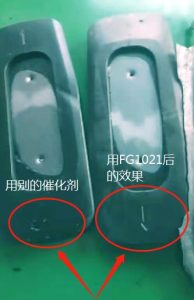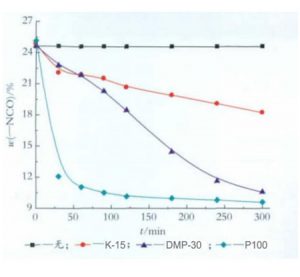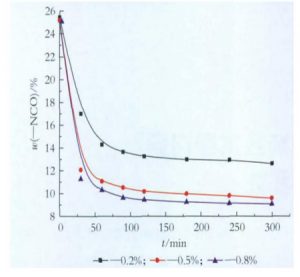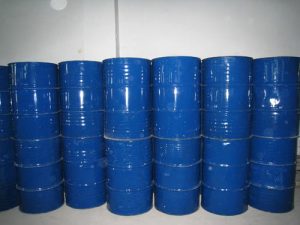Overview:
Product Name: NT CAT FG1021
Alias: pinhole elimination agent, cell improvement agent, size stabilizer, foam stabilizer, non-silicone silicone oil, surfactant, polyurethane monosodium glutamate, NT CAT FG1021, self-skinning pinhole elimination agent, polyurethane foam catalyst, foam catalyst, Self-skinned catalyst, self-skinned foam catalyst

NT CAT FG1021 pinhole elimination agent cell improvement agent size stabilizer foam stabilizer non-silicone silicone oil polyurethane monosodium glutamate self-skinning pinhole elimination agent
description:
NT CAT FG1021 is a brown transparent liquid, compounded by non-silicon surfactant, slightly soluble in water, has good emulsification and dispersion, and can form a good foam structure when combined with silicone oil in polyurethane foaming formula, especially It has the functions of improving the bonding strength with other composite materials, providing more uniform cell structure and dimensional stability, and excellent appearance (especially to solve the problem of self-skinned pinholes). It is known as “MSG” in the polyurethane industry.
application:
NT CAT FG1021 is widely used in soft foam, hard foam, semi-rigid foam, self-skinned and other high-grade foam products. The recommended dosage is 0.3~1.5%.
Storage and transportation:
Should be sealed and stored in a dry, cool and ventilated warehouse
Shelf Life/shelf life: 12 months.
Reference formula:
Index name Index result
Appearance Brown oily liquid Brown oily liquid
Active matter content ?70% 72%
Cloud point 15 14
Viscosity 25? 200±50 235
Save:
Store in a cool, ventilated warehouse. Keep away from fire and heat. Prevent direct sunlight. Keep container tightly closed. It should be stored separately from oxidants and edible chemicals, and avoid mixed storage. Equipped with the appropriate variety and quantity of fire equipment. The storage area should be equipped with leakage emergency treatment equipment and suitable containment materials.

NT CAT FG1021 pinhole elimination agent cell improvement agent size stabilizer foam stabilizer non-silicone silicone oil polyurethane monosodium glutamate self-skinning pinhole elimination agent
package:
200KG/drum Storage: It is recommended to store in a dry and cool area with proper ventilation. After the original packaging, please fasten the packaging cover as soon as possible to prevent the water and other substances from mixing into the product and affecting its performance. Store in a cool, dry place, keep the container sealed and avoid contact with oxides. Do not breathe dust, avoid skin and mucous membrane contact. Smoking, eating and drinking are prohibited in the workplace. After work, shower and change clothes. Store contaminated clothing separately and wash it before reuse. Maintain good hygiene habits.
Technical Support Zhou Gong: 183 0190 3159




